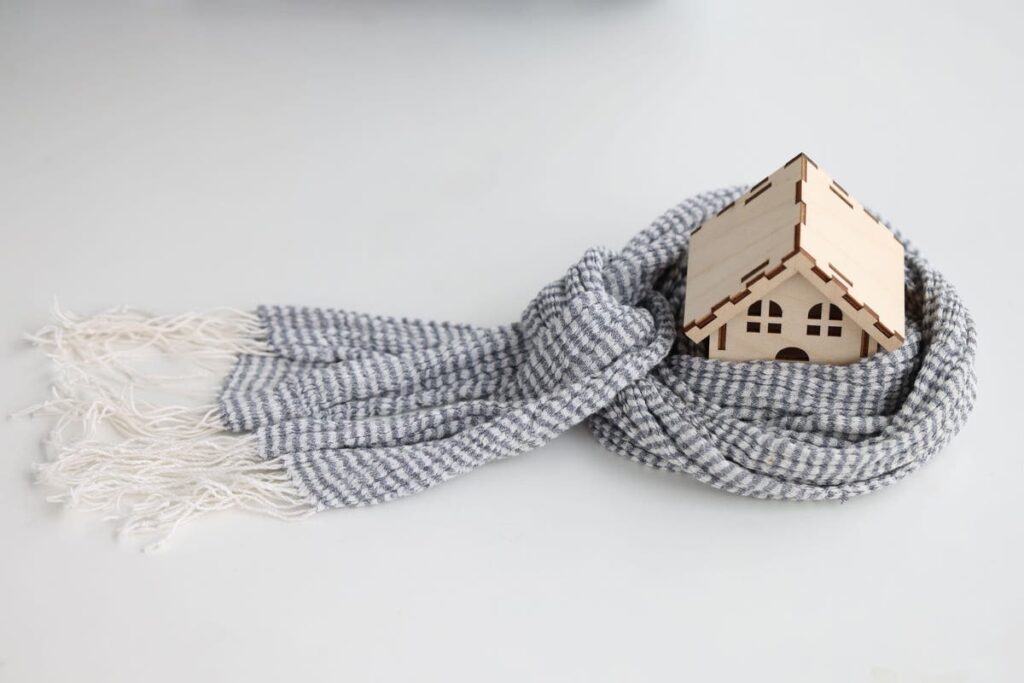How to winter-proof your home like a professional


Your support helps us to tell the story
This election is still a dead heat, according to most polls. In a fight with such wafer-thin margins, we need reporters on the ground talking to the people Trump and Harris are courting. Your support allows us to keep sending journalists to the story.
The Independent is trusted by 27 million Americans from across the entire political spectrum every month. Unlike many other quality news outlets, we choose not to lock you out of our reporting and analysis with paywalls. But quality journalism must still be paid for.
Help us keep bring these critical stories to light. Your support makes all the difference.
With the clocks going back, and shorter days and longer nights on the horizon, now’s the time to work out the nuts and bolts of your home – and give it some winter loving care.
As property expert Thomas Goodman at MyJobQuote puts it: “We have to make it through months of cold and wet weather, which can be expensive in terms of energy usage and potential damage from freezing or stormy conditions.”
To prepare for those chilly, dark days, and troubleshoot any problems before winter kicks in, Goodman has put together his to-do list for winter-proofing your home, in order to maximise comfort, safety and security…
Inspect your roof
Ensuring your roof is in the best condition can prevent problems later in the year, highlights Goodman. “If you can safely check your roof for any damage, missing or slipped tiles, you can tackle this before winter hits.”
When there is work to be done, he says hiring a professional roofer with the skills, experience and tools to fix the problem is advisable.
Check insulation
If your roof insulation has been in place for a long time, Goodman says checking it now can help save on energy bills.
“Over time, insulation settles and gaps can appear. You may also have the older recommended level of loft insulation, which was 200mm – it’s now 270mm.”
“So, you may want to top it up to keep your home from losing heat through the roof.” He continues. “Lagging hot water pipes, fitting draught excluders and protecting outside taps and pipes are also recommended.”
Boiler service
“As your boiler provides hot water and heating during colder months, you must keep it in good working order,” underlines Goodman.
“Having a yearly service makes sure any issues are caught before they can affect how well your boiler functions.
“It also prevents you from being caught out by a sudden and expensive repair bill – as well as the prospect of having no heating or hot water,” he warns.
Bleed radiators
Cold spots at the top of your radiators indicate trapped air is stopping the hot water from circulating properly.
Bleeding your radiators is a simple DIY task says Goodman, and will improve your central heating’s efficiency as well as reduce the amount of energy you’re using to heat your home.
“Fitting reflector panels behind radiators helps to reduce heat loss and radiates heat away from the wall and into the room,” he adds.
Install a smart thermostat
A smart thermostat allows you to set temperature levels in your home according to your lifestyle, which also reduces wasted energy and the associated cost, explains Goodman.
“Being able to control your heating remotely from your phone or laptop means you can turn it on before you get home, or raise the temperature if the weather gets colder.”
An added bonus, he says many have extra features such as holiday mode or draught detection.
Clean your chimney
“If you have an open fire or wood burner, it’s very important to have your chimney swept before winter,” advises Goodman.
“A swept chimney allows the dangerous combustion gases to escape and dislodges any blockages such as bird nests.
“Sweeping removes the build-up of creosote which coats the inside of chimneys and flues – and common cause of chimney fires.”
Outdoor lights
Thieves and burglars take advantage of longer hours of darkness to target homes, especially around Christmas, opines Goodman.
“Make sure your security is as good as it can be by installing exterior lighting with motion sensors, a video doorbell or CCTV and checking your fencing and gates are solid and secure.”
Clean out gutters
Blocked gutters can overflow and cause damp penetration in your home…
“Clean out your gutters regularly during autumn and give them a final clean when the majority of leaves have fallen.
“Check them after any winter storms to keep them clear of debris.”
Find your stopcock
Knowing where your stopcock is in the home is vital, in case you need to shut off your water, says Goodman.
“During freezing weather, water pipes can burst and that’s not the time to wonder where to turn off your supply,” warns Goodman.
“Make sure everyone in the house knows where it is – and how to close it off.”
Emergency supplies
Depending on your location, urban or rural, you may want to put together some emergency supplies in the event of power outages, flooding, or in case you get snowed in, highlights Goodman.
“Have some bottled water to hand in case pipes are frozen or burst, some non-perishable food in case you can’t get to the shops, a torch and a first aid kit.”
He continues: “Spare clothing and blankets are also a good idea in case you have to leave in a hurry.”
how-to-winter-proof-your-home-like-a-professional




